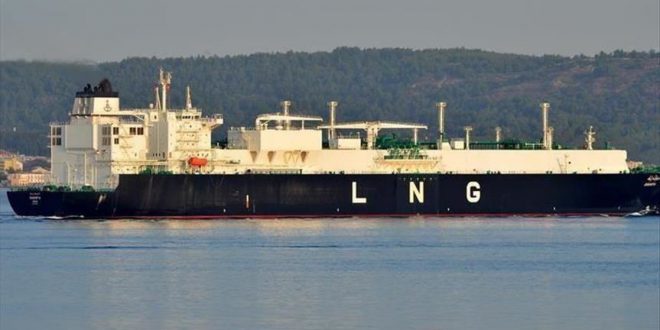Gazprom is ramping up production and pipeline transmission from its Eastern Gas program. Commercial A+B+C1+C2 gas reserves within Gazprom’s licensed areas in Eastern Siberia and the Far East exceed 5 trillion cu m (tcm).
Gazprom is ramping up production and pipeline transmission from its Eastern Gas program. Commercial A+B+C1+C2 gas reserves within Gazprom’s licensed areas in Eastern Siberia and the Far East exceed 5 trillion cu m (tcm).
There are five fields in commercial production. The length of gas pipelines in operation is around 3,000 km.
At Chayandinskoye field in Yakutia, Gazprom is setting up the infrastructure to bring the field to its design output of 25 billion cu m/year (bcmy). Specifically, efforts are underway to expand the operating comprehensive gas treatment unit (CGTU) that feeds gas into the Power of Siberia gas pipeline.
In 2020, Gazprom plans to complete construction of Power of Siberia’s second compressor station, Ivan Moskvitin and, in the third quarter, to start building the pipeline’s section between Kovyktinskoye and Chayandinskoye. The CGTU’s membrane unit for helium concentrate extraction also is expected to come onstream in 2020.
Production drilling is in full swing at Kovyktinskoye field in the Irkutsk Region. Seven drilling rigs are currently in operation, to be raised to 18 in 2021, Gazprom said.
Gazprom’s Amur gas processing plant is 58% complete. Installation of core equipment of the first and second production trains is nearly finished and is being prepared for startup and commissioning. Gas separation equipment is being installed on the third and fourth production trains. The 160-Mw Svobodny powerplant will supply Amur with starting late-2020.
The company is expanding capacity of its Sakhalin–Khabarovsk–Vladivostok gas pipeline from the current 5.5 bcmy, with 66 of 390 km built between Komsomolsk-on-Amur and Khabarovsk.
In the Yamal Peninsula, Gazprom plans to bring 52 new gas wells onstream at its Bovanenkovskoye field in 2020. At Kharasaveyskoye field, the company is beginning to weld pipes for gas collection headers and the connecting gas pipeline stretching to Bovanenkovskoye. This year, it is also plans to start production drilling and build a CGTU and a booster compressor station at Kharasaveyskoye.
The company is also expanding its northern gas transmission corridor, building compressor stations on its 1,200-km Bovanenkovo–Ukhta 2 and 970-km, 45-bcmy Ukhta–Torzhok 2 pipelines. The combined capacities of the two Bovanenkovo pipelines will be 115 bcmy once the second is complete. Gazprom is also increasing system capacity between Gryazovets and the Slavyanskaya compressor station, which is being built to feed the Nord Stream 2 pipeline.
Construction is in progress at the LNG production, storage, and shipment complex near the Portovaya compressor station. The complex will produce 13-million tonne/year (tpy) of LNG, up to 3.8 million tpy of ethane, 2.4 million tpy of LPG, and 200,000 tpy of pentane-hexane. Gazprom expects to put the first LNG train of the complex in operation second-half 2023 and the second in late-2024.

 Iran Energy News Oil, Gas, Petrochemical and Energy Field Specialized Channel
Iran Energy News Oil, Gas, Petrochemical and Energy Field Specialized Channel



